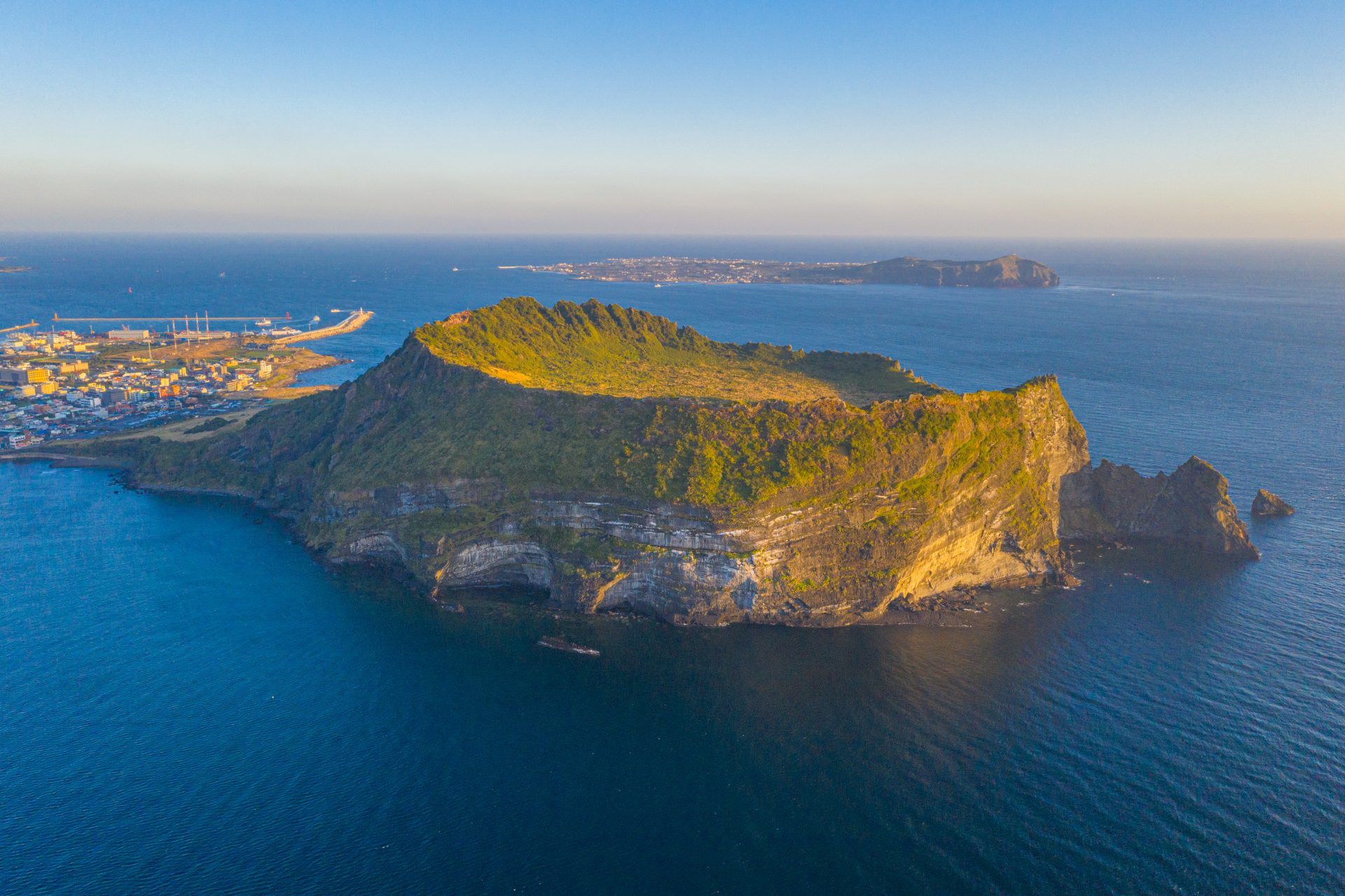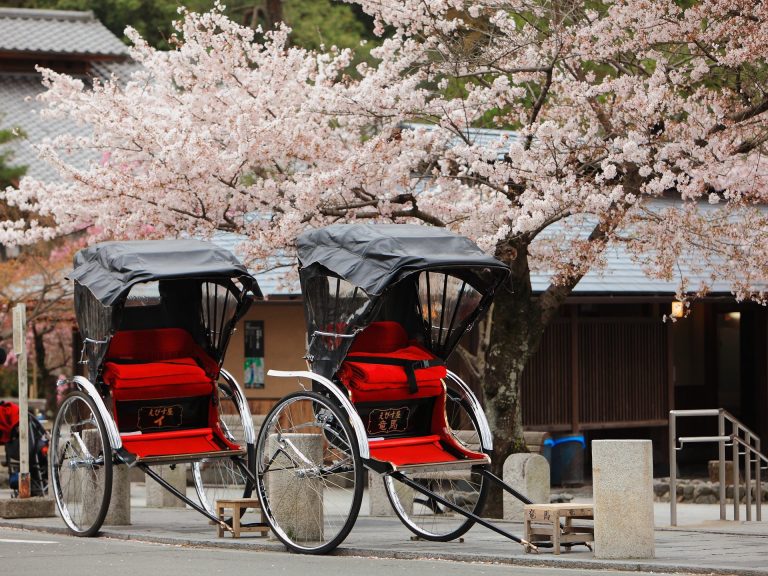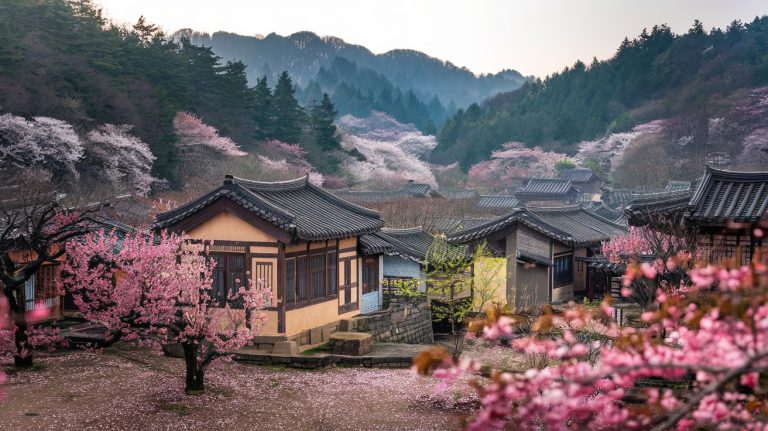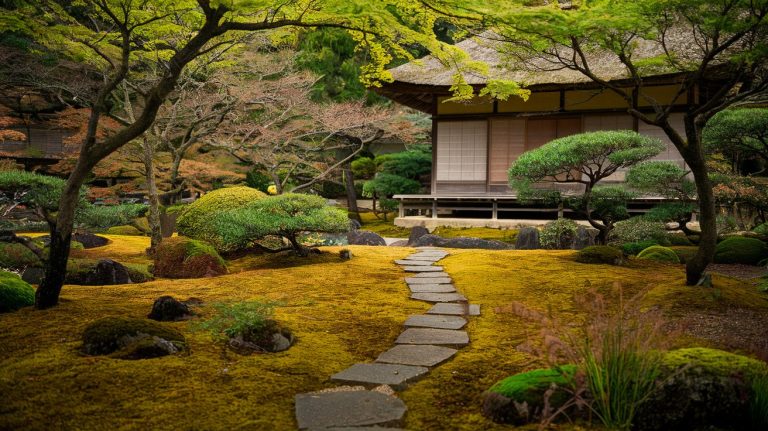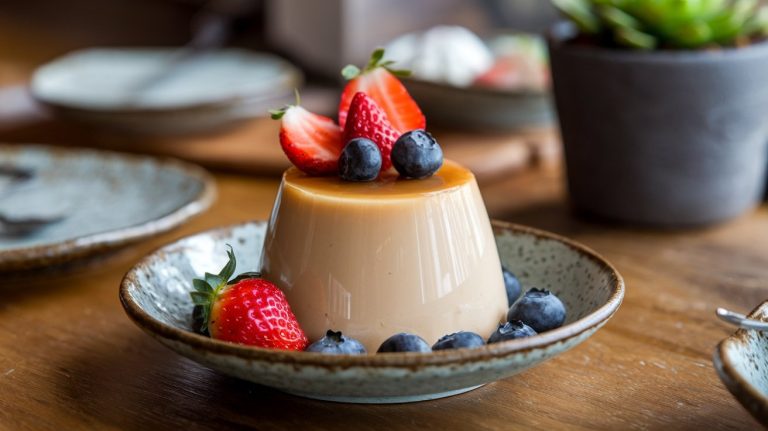5 Must-See Attractions on Jeju Island
Jeju Island, South Korea’s crown jewel, is a land of extraordinary beauty shaped by ancient volcanic forces and enriched by a culture all its own. Whether you’re gazing out over turquoise waters, wandering through lush green fields, or marveling at the island’s dramatic cliffs, Jeju offers an experience that feels like stepping into a dream.
Known for its laid-back atmosphere and breathtaking diversity, Jeju is perfect for travelers seeking both adventure and tranquility. From soaring peaks to hidden beaches, here are 5 must-see attractions that will leave you spellbound by the island’s magic.
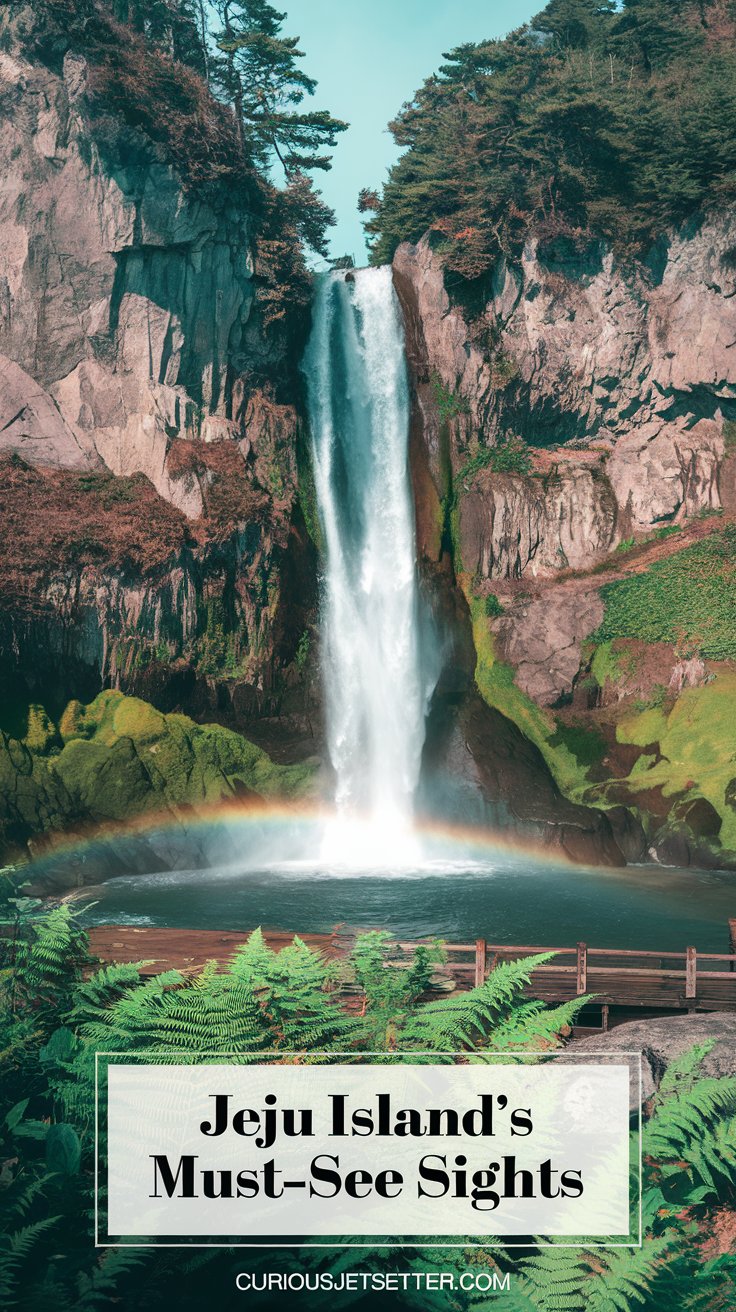
1. Seongsan Ilchulbong (Sunrise Peak)
Location: Eastern Jeju.
A UNESCO World Heritage site, Seongsan Ilchulbong is one of Jeju Island’s most recognizable landmarks. This volcanic tuff cone was formed over 5,000 years ago by a series of eruptions, creating a dramatic crater that juts into the ocean. Today, its unique geological formation and spectacular views make it a favorite for hikers and nature lovers. Known as “Sunrise Peak,” the summit offers some of the best sunrise vistas in Korea, with golden light illuminating the surrounding waters and lush crater floor.
🌅 Interesting Note: The crater’s nutrient-rich soil supports a variety of rare plants, creating a unique micro-ecosystem that thrives year-round.
Plan Your Visit:
- Best Time: At sunrise for the most magical views, but mid-morning offers fewer crowds and softer light.
- Tours: Self-guided hikes are common, but guided eco-tours provide deeper insights into its geological and ecological significance.
- Accessibility: The main trail includes stairs and may pose challenges for those with mobility concerns.
- Insider Tip: Arrive at least 30 minutes before sunrise to secure a spot at the summit and soak in the serene morning ambiance.
2. Hallasan National Park
Location: Central Jeju.
Towering at the heart of Jeju Island, Hallasan Mountain is South Korea’s highest peak, standing at 1,947 meters. This dormant shield volcano is the centerpiece of Hallasan National Park, a UNESCO Biosphere Reserve known for its stunning biodiversity. The park’s trails wind through lush forests, volcanic landscapes, and alpine meadows, offering breathtaking views from every angle. Adventurous hikers can take on the challenge of reaching the summit, where a tranquil crater lake awaits.
🗻 Interesting Note: Hallasan is home to over 1,800 plant species and 4,000 animal species, including several that are native to Jeju Island.
Plan Your Visit:
- Best Time: Spring for vibrant azaleas or autumn for golden foliage; winter offers snow-covered trails for a magical hike.
- Tours: Guided hiking tours are available for those interested in learning about the park’s ecology and geology.
- Accessibility: Trails range from beginner-friendly to advanced, with clear signage and rest stops.
- Insider Tip: Start early to complete the summit hike before sunset, and bring plenty of water and snacks.
3. Manjanggul Cave
Location: Northeastern Jeju.
Manjanggul Cave is a fascinating glimpse into Jeju’s volcanic past. This UNESCO-listed lava tube stretches over 7 kilometers, making it one of the longest in the world. Visitors can explore a 1-kilometer section of the cave, marveling at its massive chambers, intricate lava formations, and unique geological features like the towering lava pillar near the end of the path.
🕳️ Interesting Note: The lava tube stays at a cool 11–21°C year-round, providing a refreshing escape from Jeju’s summer heat.
Plan Your Visit:
- Best Time: Morning or late afternoon to avoid crowds and fully enjoy the tranquil atmosphere.
- Tours: Self-guided visits are popular, with informative plaques throughout the cave.
- Accessibility: The cave has well-maintained paths, but the terrain can be uneven in places.
- Insider Tip: Wear sturdy shoes and bring a light jacket, as it can get chilly inside.
4. Cheonjeyeon Waterfalls
Location: Seogwipo, Southern Jeju.
Known as the “Pond of the Gods,” Cheonjeyeon Waterfalls is a three-tiered cascade surrounded by lush vegetation and striking basalt columns. Each tier offers a unique view, and a scenic bridge nearby provides a stunning vantage point for photography. The area is steeped in local legends, adding an enchanting touch to its natural beauty.
💧 Interesting Note: Legend has it that nymphs once bathed in the ponds of Cheonjeyeon, which are believed to have mystical healing powers.
Plan Your Visit:
- Best Time: Summer, when the falls are at their fullest and the surrounding foliage is lush and green.
- Tours: No formal tours are needed; self-guided exploration is ideal with marked trails.
- Accessibility: Paths are well-paved but include steps to access the viewing platforms.
- Insider Tip: Visit in the early morning to avoid crowds and enjoy the serene sounds of the waterfalls.
5. Woljeongri Beach
Location: Northeastern Jeju.
Jeju’s Woljeongri Beach is a slice of paradise with soft white sands, turquoise waters, and a row of charming cafés along the shore. It’s the perfect spot to relax, take a leisurely walk, or enjoy water activities like paddleboarding. Known for its laid-back vibe, the beach is a favorite among locals and visitors alike.
🏖️ Interesting Note: The beach is renowned for its spectacular sunsets, where the sky transforms into a canvas of pink and orange hues.
Plan Your Visit:
- Best Time: Late afternoon to enjoy the sunset and explore the beachside cafés.
- Tours: None required—spend your time strolling and soaking up the scenery.
- Accessibility: Fully accessible, with flat pathways and ample parking nearby.
- Insider Tip: Stop by a café for a Jeju green tea latte, a local specialty, while enjoying ocean views.
Jeju Island’s blend of natural wonders and cultural treasures makes it a destination like no other. Whether you’re chasing sunrises at Seongsan Ilchulbong, hiking the majestic Hallasan Mountain, or relaxing by Woljeongri Beach, every corner of this volcanic paradise offers something unforgettable. Start planning your Jeju adventure today and experience the island’s magic firsthand.

